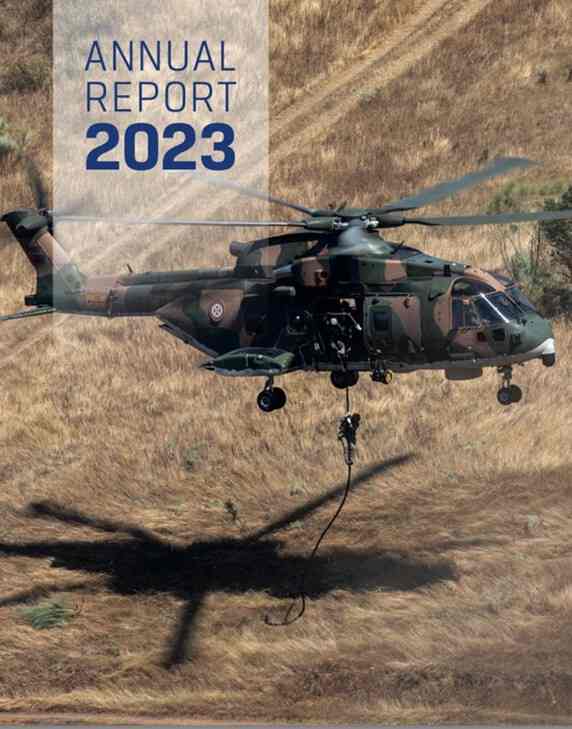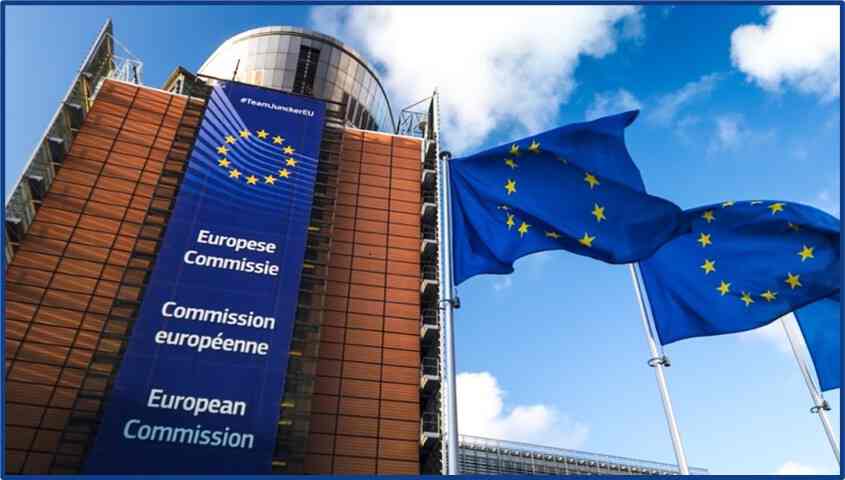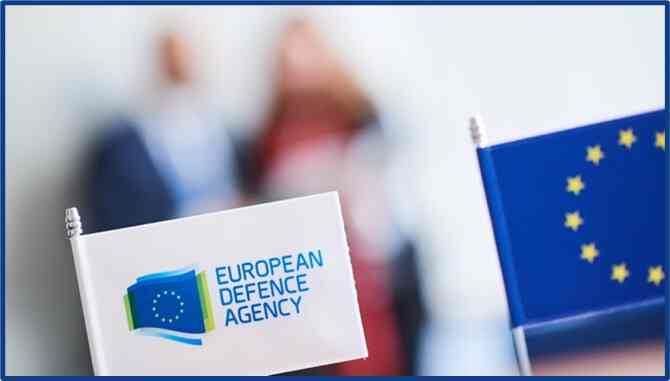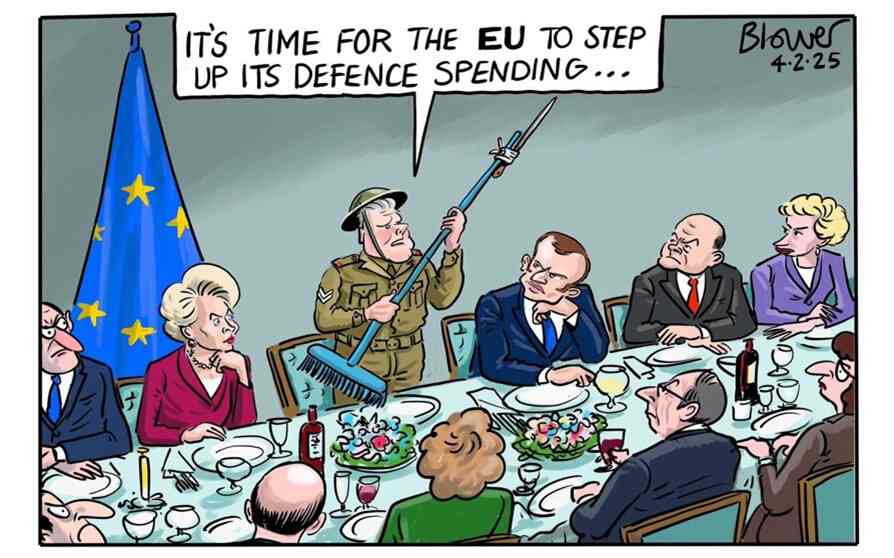By Emma, Thaïs, Charlotte, Émie

With a €48 million annual budget and no binding powers, the EDA, created more than 20 years ago, raises a question: are we investing in capabilities, or just conversations? As war returns to Europe’s doorstep, the time for concrete action has come.
What is the EDA?
Its mission
The European Defence Agency (EDA) is an intergovernmental body of the European Union, created in 2004 to support and coordinate defence cooperation among Member States.
Its creation followed divisions over the 2003 Iraq War and growing concern over fragmented defence efforts in Europe. Legally anchored in the Common Security and Defence Policy (CSDP), the EDA’s role is to help Member States improve military capabilities, foster joint procurement, and strengthen the European Defence industry.
Pursuant to Article 42 TEU, the Agency has no binding powers, no operational command, and cannot impose decisions. Its role is strictly supportive, and participation is voluntary. Decisions are made by a Steering Board, usually by consensus, which ensures that national sovereignty is fully respected.
The EDA provides a platform for dialogue, coordination, and project development—encouraging cooperation in areas like defence research, capability planning, and industrial innovation. It aims to make European defence efforts more coherent, efficient, and collaborative.
However, considering growing challenges surrounding Europe, the question arises on whether the Agency has any added value in the EUs’ security and defence landscape.
What does it bring to the table?
European Added Value
European added value (EAV) arises when the EU enables Member States to achieve objectives they could not attain alone or could only do so less effectively. This notion reflects the concept of subsidiarity, a key element in the EU’s system. To understand the EDA’s added value, the blog looks at two elements: EDA’s annual reports and a comparison with other defence actors.
Annual reports
The EDA’s annual reports give us insight on how the agency uses its money.
It is important to note is that the EDA’s budget has increased throughout the years, going from € 29, 561 million in 2008 to € 48,360 million in 2024.
According to the 2009 annual report, the EDA had around 80 work strands up and running and in 2023 EDA Managed 94 Capability and Research Projects. Although this number reflects a growth in the agency’s involvement in European defence activities, it hardly justifies such a budget increase.

The reports also indicate that the EDA mainly facilitates cooperation between Member States and/or private parties in the defence industry. By working at the EU level, the Agency enhances the effectiveness of collaboration, enabling a more coordinated approach to collective defence challenges. This reflects European Added Value.
In addition, in 2023, Jiří Šedivý (EDA’s chief executive) noted that by helping armed forces to cooperate and invest better together (…) EDA’s added value for EU defence is sharply increasing.
In the shadows of the Commission?
Tensions between the EDA and the Commission have grown throughout the years, mainly driven by institutional ambition, overlapping mandates, divergent strategic priorities, and unequal access to funding.

While both institutions share similar objectives in defence policy, they pursue them through divergent approaches.
The EDA operates on an intergovernmental basis, respecting Member State sovereignty and enabling national control over procurement and capability development. In contrast, the Commission favours a supranational model, which could diminish Member State influence.
This difference in institutional logic stems from the political decision made in 2004 to “exclude” the Commission from a direct role in defence policy, leading to the EDA’s establishment. Nevertheless, the Commission’s considerable financial and regulatory powers, unlike the EDA’s more limited mandate, allow it to shape defence in a more structured and far-reaching manner, which is exemplified by the Commission’s ReArm Europe Plan/Readiness 2030. Consequently, the EDA views its relationship with the Commission as an “unequal rivalry”, particularly due to the disparity in funding and influence.

Despite these tensions, the EDA retains a distinct and valuable role. While both institutions are crucial to the EU’s defence framework, the EDA’s added value is embedded in its ability to work with, not above, Member States in a field that remains deeply sensitive to national control and enable Member States achieve defence goals they would not have achieved alone.
A NATO wannabe?
The EDA often finds itself compared to NATO, especially given their shared goal of fostering defence cooperation between their member states.
Both organisations play crucial roles in enhancing military capabilities, yet they operate within different frameworks. Unlike NATO, which is influenced by the priorities of global powers such as the United States, the EDA focuses exclusively on European interests, strengthening the EU’s strategic autonomy in defence.
One of the EDA’s unique contributions is its ability to incentivise European solutions through specific mechanisms designed to promote collaboration. These efforts are essential for overcoming the challenges posed by divergent national interests and the reluctance of Member States to fully harmonise defence capacities.

However, the agency’s success is still limited by the significant control retained by Member States in the defence sector. While NATO benefits from extensive resources and capabilities, the EDA’s budget and scope are much more limited. The Agency’s main function is facilitating communication and collaboration among experts, providing both formal and informal platforms for discussing emerging challenges. As such, it relies on soft governance tools to promote cooperation and coordination, rather than enforcing binding obligations. Coordination between EU Member States is key to tackling shared challenges, achieving common goals, and pooling resources efficiently. This collaborative approach not only protects collective interests but also strengthens the EU’s strategic autonomy, reducing dependence on external powers and prioritising European interests. This is an essential element in the defence sector.
Can the EDA escape the “Discussion Forum” label?

The EU now faces growing pressure to step up its defence capabilities. The EDA, created to help Member States cooperate on military capabilities, now stands at a turning point. The 2024 ReArm Europe Plan, backed by €800 million, gives the EDA a real chance to get into action and show its relevance, especially in areas like joint procurement and defence innovation. But with the Agency having no binding powers as provided in the Treaties, its impact depends entirely on whether Member States are willing to act together. Without a real consensus at the Steering Board, the EDA risks proving to be a €48 million discussion forum, rather than a real force in European defence.
